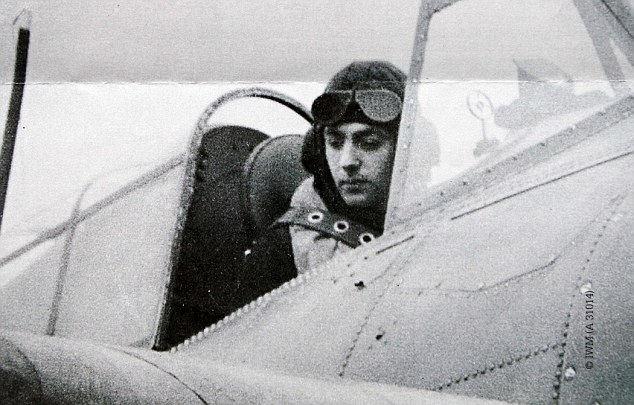
It is not often the word ‘greatest’ is used with real and genuine purpose, but in the case of Capt. Eric ‘Winkle’ Brown, it is the very least with which this extraordinary man can be described as.
This weekend, Capt. Brown sadly passed away at the incredible age of 97, after a short illness. His life is a tale of survival, dedication and a love of flying. It was this love of flying that spurred him on to achieve incredible feats and significantly advance British aviation history and industry. In his recent appearance on Desert Island Discs, in which he recorded their 3,000th episode, he picked his luxury item as his flight log books – showcasing his ‘obsession’ for his work, despite the dangers it entailed.
And it is entries into these log books that give a glimpse into the incredible achievements of his career. Here are only a few of the highlights:
- He holds the world record for the most aircraft carrier landings (2407), the most catapult launches and for the number of different aircraft flown (487). These aircraft included not just naval fighters, but bombers, flying boats, helicopters and even civil airliners.
- He performed the first ever landing of a jet aircraft on a carrier – in 1945 on HMS Ocean with a de Havilland Sea Vampire. (See video below)
https://www.youtube.com/watch?v=PNoUBil7A3c
- He was the first pilot to land a jet aircraft ‘wheels up’ on what was essentially a flat, inflatable, carpet-like deck for trials on developing flight from aircraft carriers.
- He was the Chief Naval Test Pilot of the Royal Aircraft Establishment (RAE) in Farnborough, flying all types of allied naval aircraft during the war.
- He was also Commanding Officer, Aerodynamic Flight, at the RAE, working on various trials seeking to achieve supersonic flight. This included flying a Supermarine Spitfire in a dive, at Mach 0.86, and being part of the Miles M.52 supersonic project – the precursor to the development of the English Electric Lightning and critical to Britain’s understanding of supersonic flight.
- He commanded RNAS Lossiemouth at the end of his career, helping the Navy to procure the Blackburn Buccaneer as Britain’s Nuclear deterrent.
- He was also decorated as an MBE, OBE and CBE, as well as a Naval Aide de Camp to Queen Elizabeth II.
These achievements alone show the Capt Brown’s life was all about about progress and passion.
He put his life on the line every day, not only for his country, but also for his insatiable appetite for technological progress. He had aviation running through his veins, and tested aircraft of all shapes and sizes – right on the very airfield that the whole world with gather on in July 2016 to celebrate the wonders of modern Aerospace technology.
It was Capt. Brown’s passion, which meant he could climb in new and untested aircraft every day, knowing that every day would bring with it some form of progress.
If you have spare time, I urge you to watch, read and listen to the stories about Capt. Brown’s life to find out why Tim Peake called him a ‘true inspiration’, and help to celebrate Britain’s Greatest Ever Pilot.





